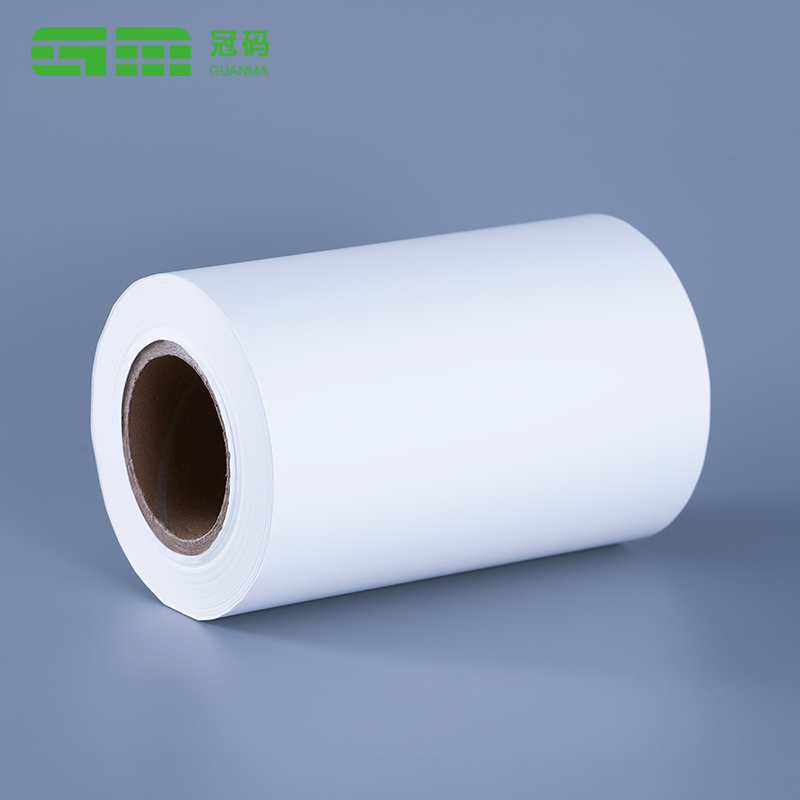The separator is a permeable membrane positioned between the positive (cathode) and negative (anode) electrodes of a battery. Its primary function is to prevent direct physical contact between the two electrodes, which would cause an internal short circuit and lead to catastrophic failure. At the same time, the separator must be porous enough to allow the free flow of ions—charged particles that carry current—through the electrolyte, enabling the battery’s chemical reactions to occur and produce power.
The choice of polypropylene as a material for the separator is not accidental. Polypropylene (PP) is a thermoplastic polymer known for its excellent chemical resistance, thermal stability, and mechanical strength. These properties are essential for a component that operates in a harsh electrochemical environment.
The manufacturing of synthetic PP paper for battery separators is a specialized process that creates a microporous structure. This is often achieved through a biaxial stretching method, where a dense PP film is stretched in both machine and transverse directions. This stretching process creates a network of interconnected pores (micro-voids) within the film, giving it the required porosity for ion transport.
A key performance metric for these separators is their porosity and pore size distribution. A high porosity allows for better electrolyte uptake and ionic conductivity, improving the battery’s rate performance and cycle life. However, the pore size must be carefully controlled to prevent the passage of electrode particles or dendrites, which can cause a short circuit.

Synthetic PP paper separators offer several critical advantages that have made them the industry standard, particularly for lithium-ion batteries:
To further enhance safety and performance, advanced separator designs often incorporate multi-layer structures. A common example is a PP/PE/PP trilayer membrane. In this design, a lower-melting-point polyethylene (PE) layer is sandwiched between two higher-melting-point PP layers. This provides a “shutdown” mechanism: in an over-temperature event, the PE layer melts and closes the pores, effectively shutting down the ion flow and preventing a thermal runaway. The outer PP layers maintain structural integrity at higher temperatures, providing a safety buffer.
In conclusion, synthetic PP paper, or more precisely, the microporous polypropylene membrane, is a highly engineered material at the core of modern battery technology. Its unique properties, including high chemical resistance, thermal stability, and mechanical strength, are fundamental to ensuring the safety, reliability, and performance of batteries in applications ranging from consumer electronics to electric vehicles.
We have a professional R&D team and strong manufacturing capabilities to ensure product quality and delivery while doing a good job in product iteration and innovation.
Address : Building 2. No.111 Xincheng Road, Xitangqiao Street, Haiyan, Jiaxing, Zhejiang Province, China
Phone: +86-150 0573 0249
Tel: + 86-0573-8685 2732
Fax: + 86-0573-8685 2732
E-mail: [email protected]
Copyright© Zhejiang Guanma Packaging Co., Ltd.
 Privacy
Privacy
OEM Self Adhesive Label Material Manufacturers Waterproof Labels Suppliers Custom Adhesive Label Material Factory

 English
English русский
русский Español
Español عربى
عربى